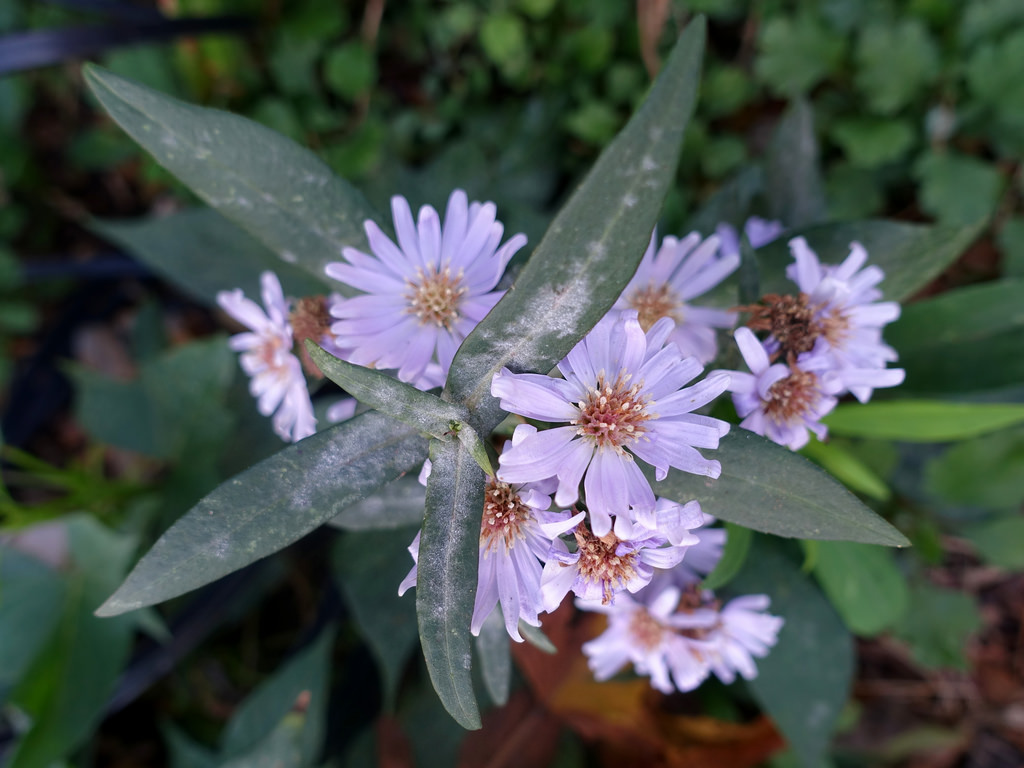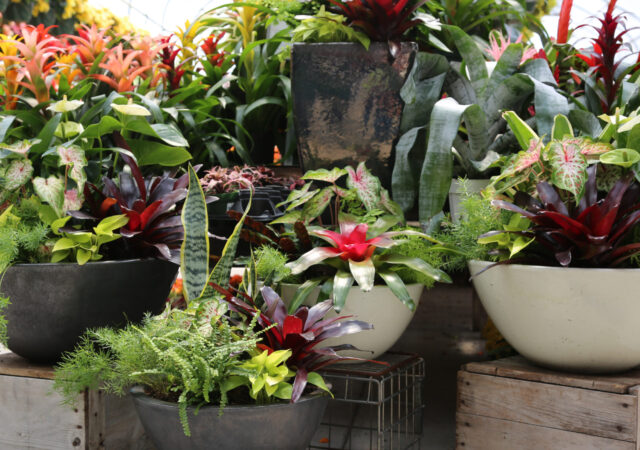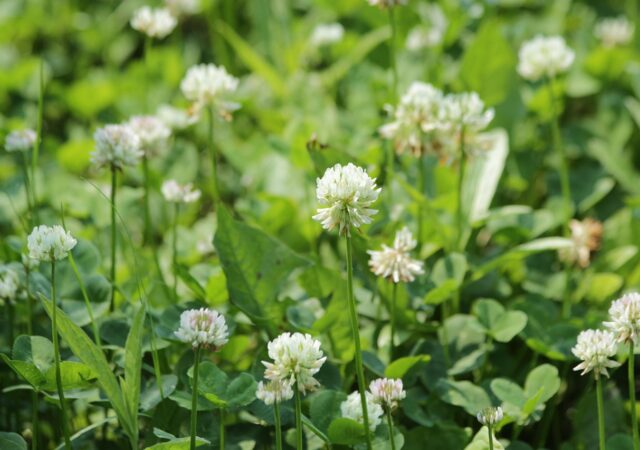In mid to late summer, some plant problems—like fungus—can start to become noticeable. Fungal diseases can look ugly, but don’t worry: they are not fatal to your plants and won’t cause too much damage. Plus, most fungus issues can even be prevented! If you do encounter fungus on your plants, just remember it can be treated, and your plants will more than likely recover beautifully.
Learn how to recognize powdery mildew and black spot, and how you can prevent and treat them in your own garden.
Powdery Mildew
Powdery mildew is a white, powdery coating that can appear on leaves, stems, and flowers. As unattractive as powdery mildew is, it is not fatal to plants—although repeated infections can gradually weaken a plant. Infected areas can turn yellow or brown, and dead foliage can fall off the stem.
Powdery mildew is caused by high humidity and often affects plants like:
- Zinnias
- Snapdragons
- Verbena
- Delphiniums
- Peonies
- Lungwort
- Bee balm
Black Spot
Black spot appears as black spots on foliage and is most commonly found on the upper leaf surfaces. Leaves turn yellow around the spots and eventually fall off. This fungal disease often affects roses. Black spots can also appear on rose canes—starting purple and turning black.
Prevention & Treatment
To avoid this problem altogether, it is important that you use the proper watering technique when watering your plants. Fungal diseases are often caused by water sitting on the leaves.
Learn the proper watering technique
Remember: “Water the pot, not the plant!” Pour water directly into the soil, not over the leaves or foliage. This prevents fungal spots and wasted water.
Water your plants in the morning so that the leaves have time to dry out during the day. Fungal diseases thrive when foliage stays moist for long periods. Spacing out your plants and removing weeds can also help reduce humidity and improve air circulation.
If you weren’t able to prevent powdery mildew and black spot, don’t worry. You can:
- Spray the plant with a fungicide
- Fertilize with a liquid fertilizer to support recovery
- In the fall, cut back infected plants and discard leaves—don’t compost them if they’re covered in spores
- Spray a final round of fungicide in fall to help kill lingering spores
Learn how to apply fertilizer properly
Applying fertilizer now will help ensure damaged, stressed leaves can produce enough energy to stay strong next season. Odds are really good that your plants will recover beautifully and come back fresh next year.
Want personalized garden advice? Stop in and speak to our garden team—we’re here to help your plants thrive through every season!




